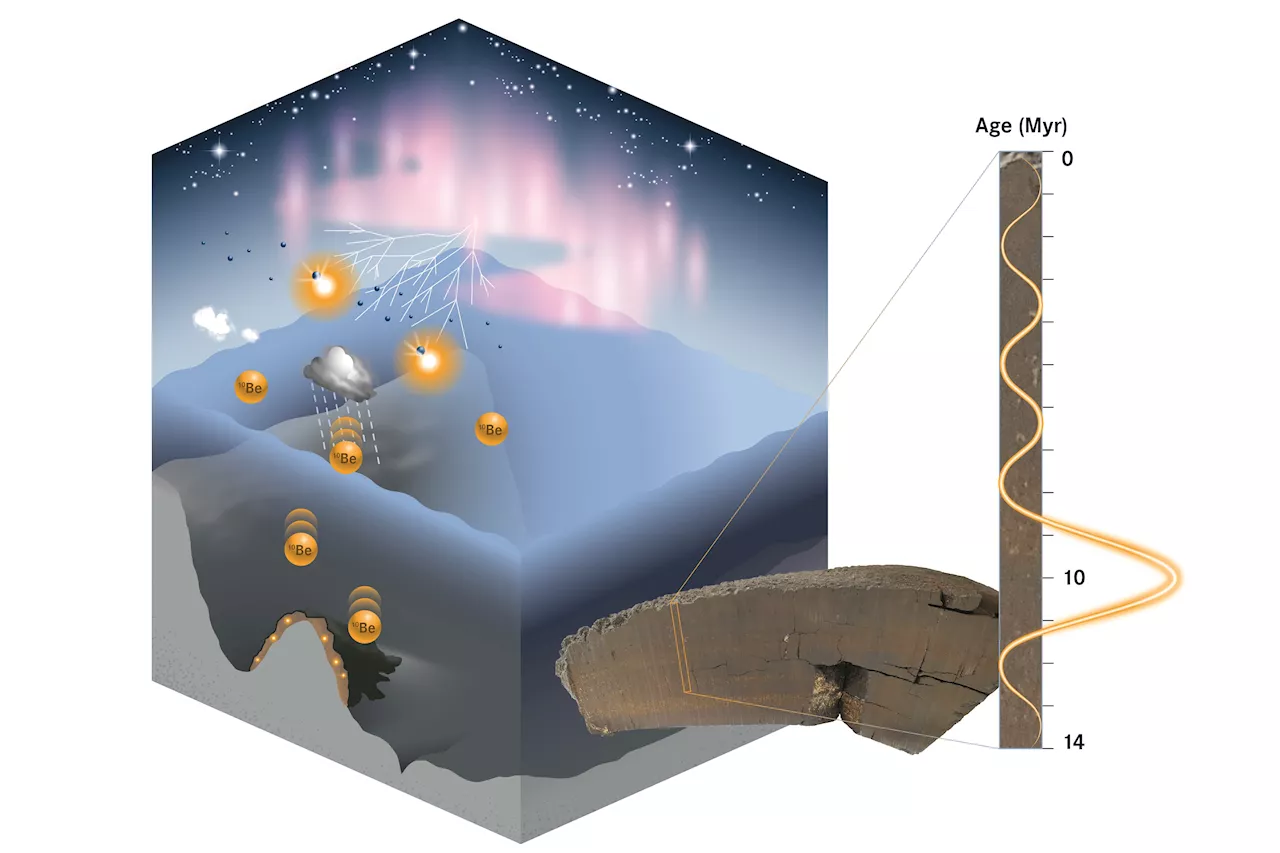A team of scientists discovered twice the expected amount of Beryllium-10 in Pacific Ocean sediments, dating back 10 million years. This anomaly could reshape our understanding of cosmic influences on Earth and provide a new time marker for synchronization across various scientific archives.
Dating can be full of surprises, both in the social sense and the scientific one. For a group of scientists, a surprising discovery emerged from the depths of the Pacific Ocean. They found twice the expected amount of Beryllium-10 (10Be) in the ferromanganese crusts of the seabed, dating back 10 million years. This unexpected anomaly could revolutionize our understanding of cosmic phenomena affecting Earth and potentially recalibrate scientific dating techniques .Dr.
Koll, a postdoctoral researcher at TUD Dresden University of Technology, was initially searching for signs of stardust in the Pacific Ocean's ferromanganese crusts. Instead, he stumbled upon this intriguing anomaly: a significant accumulation of Beryllium-10, a rare radioactive isotope produced by cosmic rays in the atmosphere. This isotope has a half-life of 1.4 million years and is used to date objects millions of years old. Radiocarbon, commonly used for dating archeological objects, has a much shorter half-life of 5,730 years, making it suitable only for objects up to 50,000 years old.The double dose of Beryllium-10 found in the Pacific Ocean is unusual because no such increase has been detected elsewhere on Earth over the last 10 million years. Dr. Koll proposes two possible explanations for this phenomenon: a massive shift in ocean currents or an unknown astrophysical event. The current hypothesis favors a change in ocean currents, which could explain the redistribution of Beryllium-10. A lack of 10Be in other locations on Earth would support this theory. Alternatively, an enhanced cosmic ray flux, possibly caused by an interstellar cloud collision or a supernova, could have led to a global increase in Beryllium-10 production. This would leave a consistent signature in all Earth archives.To confirm or deny these hypotheses, further investigations are needed. Analyzing samples of ferromanganese crusts and deep-ocean sediments from around the world, dating back 10 million years, would provide valuable insights. This anomaly also highlights a broader scientific challenge: the need to synchronize different archives, such as ice cores, tree-rings, deep-ocean sediments, and ferromanganese crusts. A unified timescale across these archives would paint a clearer picture of Earth's past climate, the potential for early life, and shifts in ecosystems.Currently, these archives are independently dated, but efforts are underway to synchronize their timescales. An independent time marker present in all archives of the same age is crucial for this synchronization. This Beryllium-10 anomaly could serve as such a marker, potentially providing a new tool for understanding Earth's history
Beryllium-10 Cosmic Rays Ocean Currents Dating Techniques Earth History
United States Latest News, United States Headlines
Similar News:You can also read news stories similar to this one that we have collected from other news sources.
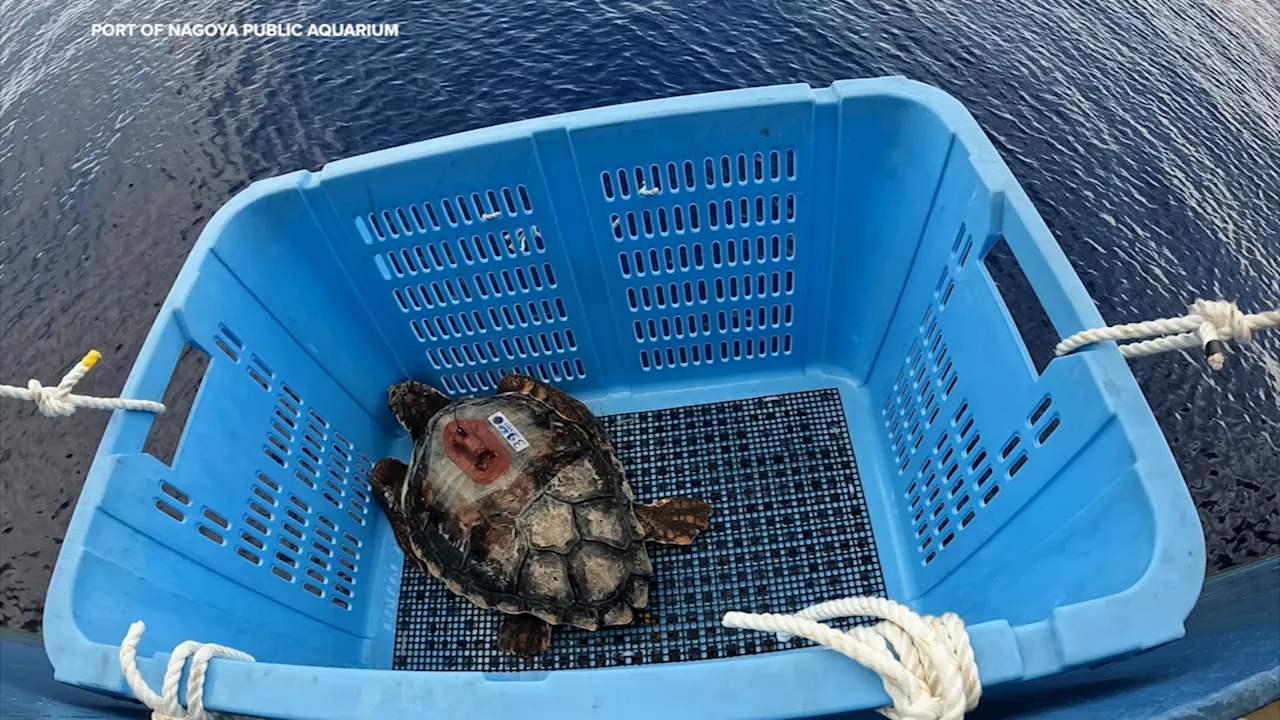 Stanford sea turtle study uncovers new effects of global warming in the Pacific OceanWhen Stanford researchers began tracking a group of Loggerhead Sea Turtles, they were trying to answer a simple question about their migration pattern. Now, they've wound up generating far bigger questions about the future of our oceans.
Stanford sea turtle study uncovers new effects of global warming in the Pacific OceanWhen Stanford researchers began tracking a group of Loggerhead Sea Turtles, they were trying to answer a simple question about their migration pattern. Now, they've wound up generating far bigger questions about the future of our oceans.
Read more »
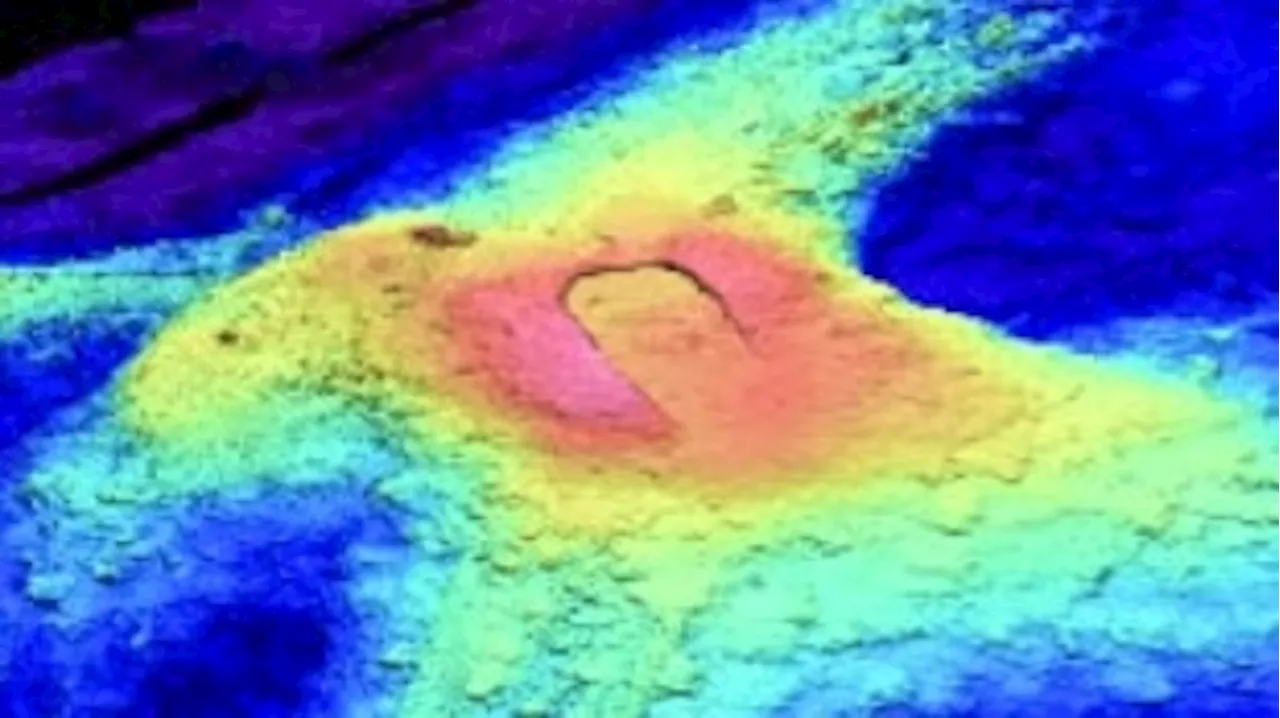 Axial Seamount: Predicting Eruptions in the Pacific OceanScientists are closely monitoring the Axial Seamount, the most active submarine volcano in the northeast Pacific, for signs of an impending eruption. The volcano's behavior, including its tendency to inflate 'like a balloon' before eruptions, is being studied to improve volcanic eruption forecasting.
Axial Seamount: Predicting Eruptions in the Pacific OceanScientists are closely monitoring the Axial Seamount, the most active submarine volcano in the northeast Pacific, for signs of an impending eruption. The volcano's behavior, including its tendency to inflate 'like a balloon' before eruptions, is being studied to improve volcanic eruption forecasting.
Read more »
 One-Off Pagani Huayra Is Inspired By The Pacific OceanPower comes courtesy of a 6.0-liter twin-turbocharged V12 delivering 730 hp and 738 lb-ft
One-Off Pagani Huayra Is Inspired By The Pacific OceanPower comes courtesy of a 6.0-liter twin-turbocharged V12 delivering 730 hp and 738 lb-ft
Read more »
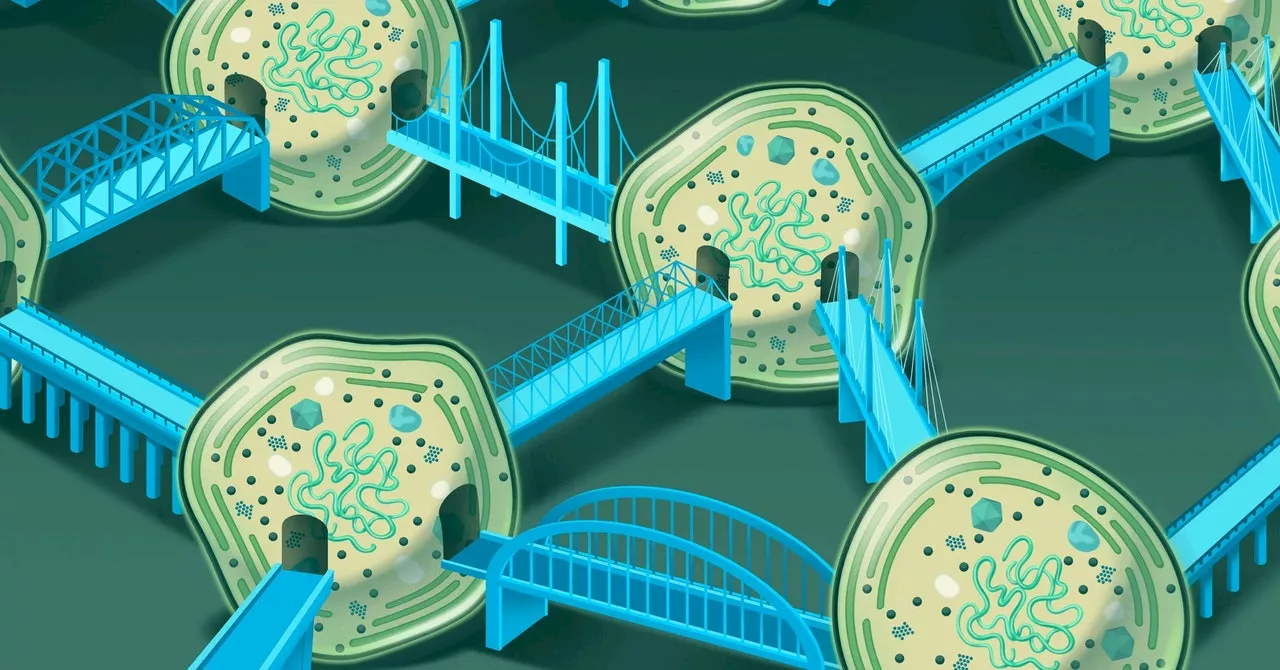 Life on Earth Depends on Networks of Ocean BacteriaNanotube bridge networks grow between the most abundant photosynthetic bacteria in the oceans, suggesting that the world is far more interconnected than anyone realized.
Life on Earth Depends on Networks of Ocean BacteriaNanotube bridge networks grow between the most abundant photosynthetic bacteria in the oceans, suggesting that the world is far more interconnected than anyone realized.
Read more »
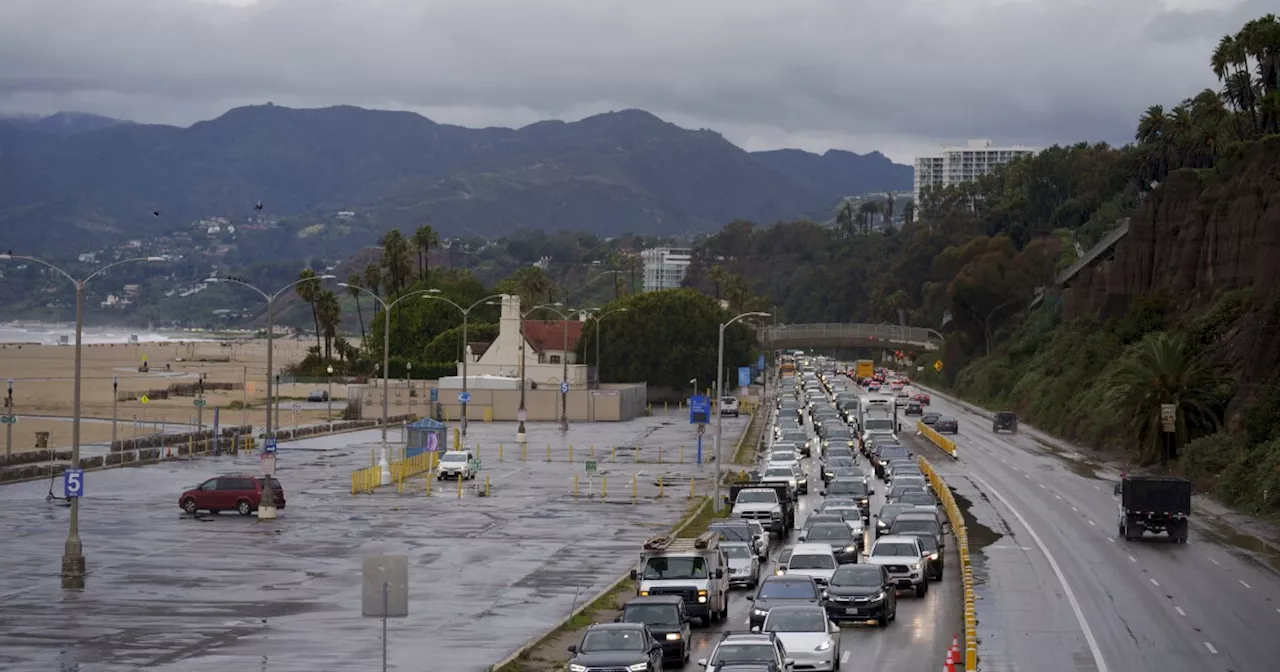 Pacific Coast Highway in Malibu and Pacific Palisades Remains Closed After Debris FlowsA stretch of Pacific Coast Highway (PCH) through Malibu and Pacific Palisades is closed indefinitely due to debris flows caused by recent rainstorms. The closure spans from Will Rogers Beach State Park in Los Angeles to Carbon Beach in Malibu, an area already vulnerable due to the previous Palisades Fire. Caltrans crews are working to assess the damage and determine when the road can safely reopen.
Pacific Coast Highway in Malibu and Pacific Palisades Remains Closed After Debris FlowsA stretch of Pacific Coast Highway (PCH) through Malibu and Pacific Palisades is closed indefinitely due to debris flows caused by recent rainstorms. The closure spans from Will Rogers Beach State Park in Los Angeles to Carbon Beach in Malibu, an area already vulnerable due to the previous Palisades Fire. Caltrans crews are working to assess the damage and determine when the road can safely reopen.
Read more »
 Detecting Methane on Earth-like Exoplanets: A Promising Path to Finding Life Beyond EarthA new study published in The Astronomical Journal explores the potential of using a statistical method called BARBIE to detect methane on Earth-like exoplanets. The study highlights the importance of methane as a biosignature and the challenges associated with its detection in the presence of other atmospheric components like water. The Habitable Worlds Observatory (HWO), planned for launch in the 2040s, will utilize advanced techniques to search for methane and other biosignatures on potentially habitable exoplanets, advancing our quest to find life beyond Earth.
Detecting Methane on Earth-like Exoplanets: A Promising Path to Finding Life Beyond EarthA new study published in The Astronomical Journal explores the potential of using a statistical method called BARBIE to detect methane on Earth-like exoplanets. The study highlights the importance of methane as a biosignature and the challenges associated with its detection in the presence of other atmospheric components like water. The Habitable Worlds Observatory (HWO), planned for launch in the 2040s, will utilize advanced techniques to search for methane and other biosignatures on potentially habitable exoplanets, advancing our quest to find life beyond Earth.
Read more »
